10 Best Nunsploitation Horror Movies
Immaculate and The First Omen have brought the comeback of nunsploitation in horror, and established themselves among the best. On this list, take a closer look at them and discover the great movies that paved the way for them.
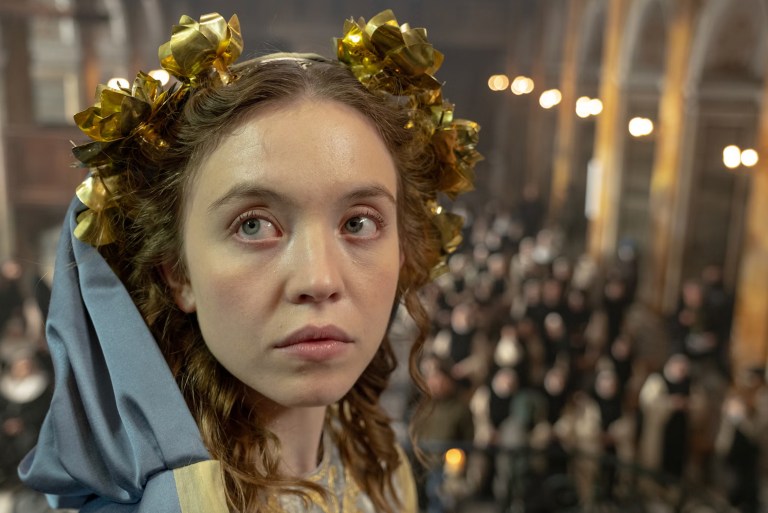
The inception of nunsploitation is often credited to Ken Russell’s The Devils (1971). Although his masterpiece properly kicked off the subgenre, there were a couple of movies that came before and laid down the foundations—the polish art horror Mother Joan of the Angels (1961) and the Italian thriller drama The Lady of Monza (1969), both historical in nature. Going further back, it was a segment featuring a possessed nun in the 1922 seminal faux-documentary silent horror Häxan that acted as a precursor to the subgenre.
Nunsploitation reached its peak in Europe in the 70s and 80s. These films often featured nuns living in the Middle Ages and in the 17th, 18th, and 19th centuries, and always behaving in a way that the Church would most certainly not approve of. Killer Nun (1979) changed the game when it drew inspiration from a true crime case about a murderous sister in Belgium, bringing the setting to more contemporary times.

Nunsploitation movies typically serve as a scathing critique of religion, namely Christianity and the Catholic Church. Sacrilegious in nature, the subgenre aims to expose the perversion of the institution of religion and the hypocrisy of those in power. Through blasphemous scripts and the desecration of religious imagery, nunsploitation explores themes such as sexual repression, oppression of women under religion, social oppression, religious zealotry, guilt, desire, abuse, and more. Because of this and because of the often graphic portrayal of violence, sex and lesbianism, nunsploitation pictures have been condemned throughout its history by the holy crowd, while embraced by cinephiles, especially horror fans.
Curated below are 10 of the most empowering nunsploitation horror films.
The Devils (1971)

The provocative themes in the British picture The Devils made it one of the most controversial and censored films of all time. This masterpiece offers an unflinching condemnation of religious fervor, using religion to gain political power, and the evil agents of the Catholic Church. Its sacrilegious imagery, which violently and graphically blends the holy with the sexual, exposes the true hypocritical nature of religion as an institution. The Devils is an excruciating attack on the senses and mind, which excites and exhausts, so buckle up. Adapted from both Aldous Huxley’s novel The Devils of Loudun (1952) and John Whiting’s 1960 play The Devils, which are inspired by the real life Loudun possessions, the movie is set in 17th century France. The mother superior of a convent becomes erotically obsessed with a popular local priest and, along with a corrupt Cardinal, falsely accuses him of devil worship and witchcraft.
School of the Holy Beast / The Transgressor (1974)
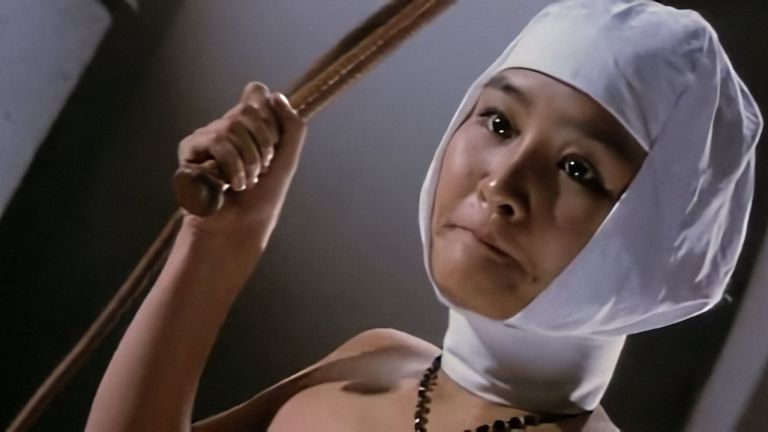
School of the Holy Beast is a Japanese nunsploitation film created by the famed Toei Company and directed and co-written by Norifumi Suzuki. The movie is an aesthetic wonder and over-the-top in many bizarre, marvelous ways. It serves as a scathing portrayal of the perversion and hypocrisy of religion, namely Christianity, and touches on themes of misogyny, sexual assault, oppression under patriarchy, repression, and religious trauma. Told through the lens of the protagonist, Maya (Yumi Takigawa), it follows her as she takes vows at Sacred Heart Convent with the intention of finding out what happened to her mother, who died there under mysterious circumstances.
The Nun and the Devil (1973)
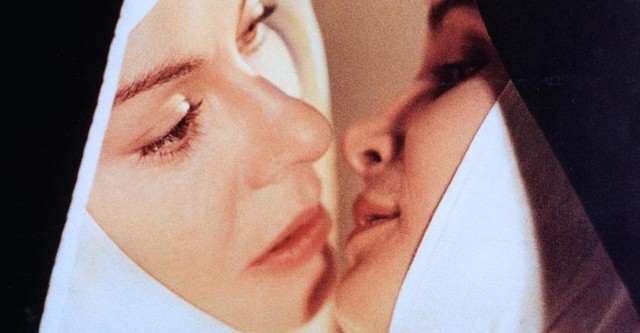
The “devil” plays no actual role in The Nun and the Devil. This Italian nunsploitation is the most tame film on this list, but it’s thrilling nonetheless. It’s an anti-authoratarian and gripping account of lying, scheming, and betrayal in the name of power. Relying heavily on atmosphere, the movie utilizes elements of melodrama, psychological horror, and mystery to tell its story. Set in the 1570’s, in the convent of Sant’Arcangelo di Baiano, it follows sister Giulia (Anne Heywood) as she stops at nothing to succeed to the position of Mother Superior.
Satanic Pandemonium (1975)
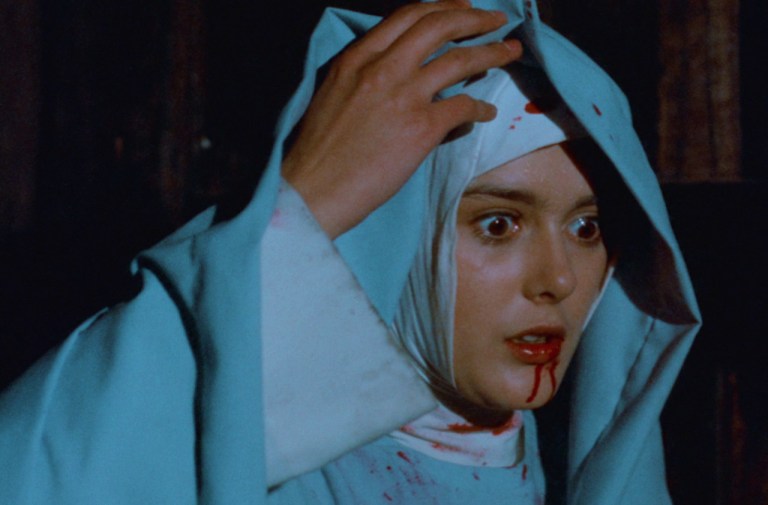
The inspiration for the name of Salma Hayek’s character in From Dusk Till Dawn (1996) came from the title of this Mexican horror nunsploitation. Satánico pandemonium was directed by one of the most prolific filmmakers in Mexico, Gilberto Martínez Solares. The film is an exploration of religious extremism, race, the depths of human depravity, and the atrocities committed in the name of faith. This entry is an essential viewing in nunsploitation cinema. The devout sister María (Cecilia Pezet) has frequent sexual fantasies and visions of a world in which she can be free—one in which Satan is her master. She comes to believe the devil himself has chosen her to destroy the convent and lead her fellow nuns into hell. Heavy with dread and atmosphere, the film compels the viewer into a constant state of uncertainty.
Alucarda (1977)
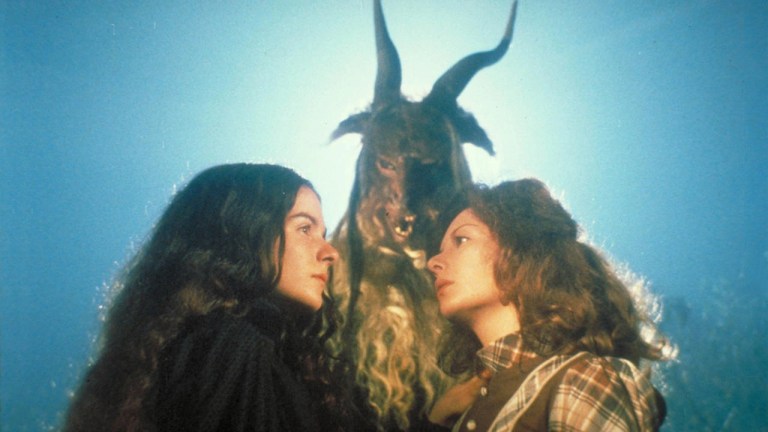
Juan López Moctezuma’s English-language Mexican film Alurcada is one of the most jaw-dropping, unnerving, visually striking, unhinged, and bloodsoaked cinematic experiences. The arthouse horror has exploitation grindhouse elements. Wild-haired, insect-collecting, strange Alucarda (Tina Romero) is a 15-year old orphan who has lived at a repressive Catholic nunnery her whole life. When Justine (Susana Kamini) arrives, she finally makes a friend her own age. The two girls, haunted by the deaths of their parents, become inseparable and develop a romance. Their all-consuming relationship drives them to pledge that they will die together. After unwittingly opening a crypt, they unleash a Satanic force that seduces them and threatens to bring the whole convent down. The movie makes commentary on the corruption and malice of the Catholic church, modernity vs. tradition, sexual repression under religion, oppression under patriarchy, and female empowerment.
Killer Nun (1979)
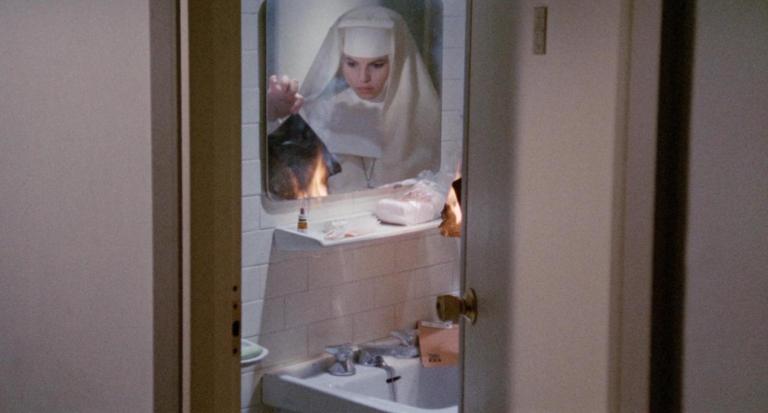
Killer Nun is an Italian nunsploitation film that was globally branded as obscene and banned in the UK after making it to its list of Video Nasties. The movie is based on the 1977 true crime case of Cecile Bombeek, a nun who in the course of two years was suspected of murdering more than thirty elderly patients at a geriatric hospital in Belgium. In the movie, Anita Ekberg plays Sister Gertrude, a nun suffering from both a brain tumor and a morphine addiction. She leads a double life, going on binges of sex and drugs. As her mental state becomes increasingly more unstable, she comes to believe she’s responsible for a series of murders at the hospital she works in. Don’t trust that all is as it seems, for the protagonist is one unreliable narrator.
Dark Waters (1993)
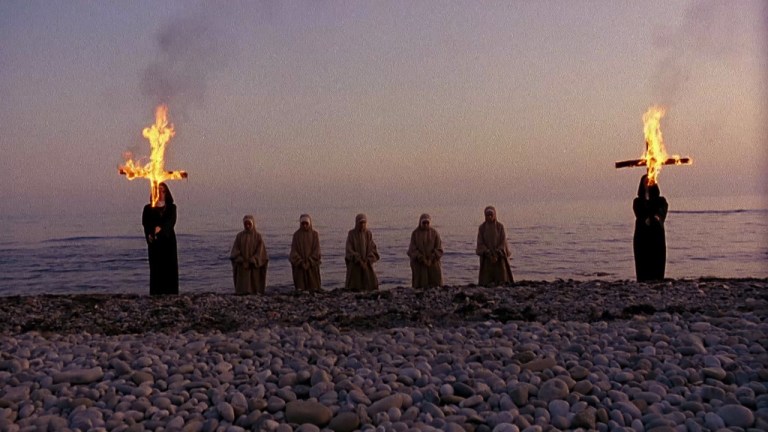
This Lovecraftinian nunsploitation movie is a dreamlike experience clearly inspired by the director Mariano Baino’s fellow countrymen Dario Argento and Mario Bava. The surreal atmospheric horror touches on religion and familial bonds. It follows a young Englishwoman, Elizabeth (Louise Salter), who travels to a primitive convent on an isolated island in the Black Sea—the place where her mother died giving birth to her. Her father has recently passed away, and she wants to figure out why he funded the convent and whether she should continue the donations. There, she’s met with mysterious nuns who appear to be hiding sinister intentions.
Sister Death (2023)
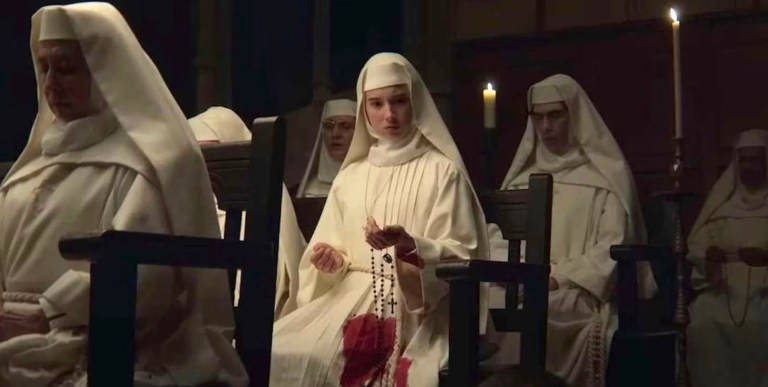
This Netflix film from Spain has a connection to the 2017 demonic possession movie Verónica. The movie opens in 1939 in the final throes of the Spanish civil war, with a young girl, who seemingly is having holy visions, being revered by the townspeople. Ten years later, novice Narcisa (Aria Bedmar) arrives to teach at a convent that doubles as a school for girls. Mother Superior is happy to have “The Holy Girl” take her vows among them, but Narcisa is having secret doubts that the holy visions she experienced as a child were indeed real. As she settles into her new home, strange events and horrifying nightmares lead her to uncover the dark secrets the convent is hiding. This gothic horror full of haunting imagery is a beautiful and tragic story that explores crisis of faith and the lives of women under Christianity.
Immaculate (2024)
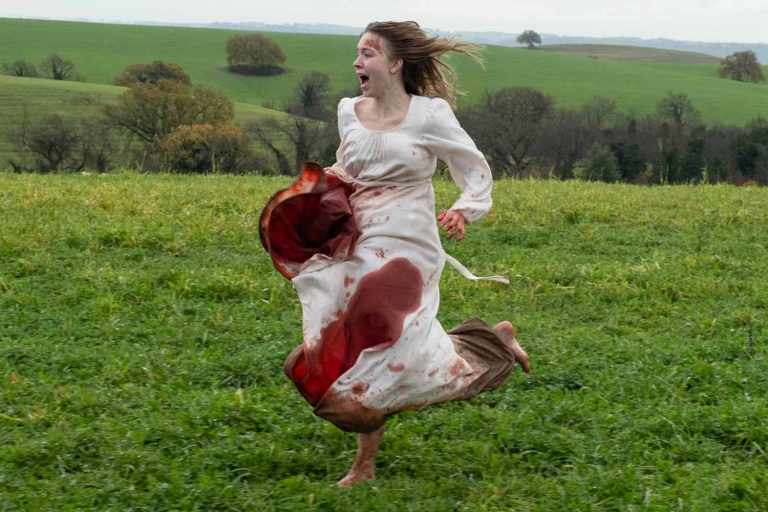
The team of Immaculate iconically used actual reviews and angered responses from the holy crowd as marketing—“Diabolical, sacrilegious, pure evil, and grossly offensive. It is profane and has a third act that spits in the face of all that is holy. Just…evil.” Another quote used to promote the movie was “blasphemous, Satanic, feminist, pro-abortion, anti-life movie degrading Christians” and “this movie also debases Mary, mother of the Christ.” If that isn’t enough to sell you, then maybe Sydney Sweeney’s dedicated efforts are. Over ten years ago, she auditioned for the project, but it got scrapped. She couldn’t get out of her head and ended up contacting the scriptwriter and resurrecting it back to life, taking on the role of producer. Sweeney got Neon their highest opening weekend for any film up to date. The movie explores bodily autonomy and stars Sweeney as Cecilia, a young American nun of devout faith who joins a convent in the Italian countryside. She comes to discover that her new home is harboring a sinister secret.
The First Omen (2024)

Nell Tiger Free is absolutely riveting with her electric performance in The First Omen, a film that examines sexual abuse in the Catholic Church, bodily autonomy, faith, and the perversion of religion as an institution. The movie, which is a prequel to The Omen (1976), was co-written and directed by Arkasha Stevenson, known for her work on the third season of Channel Zero, as well as episodes of Brand New Cherry Flavor and Legion. It follows Margaret (Free), a young American woman devout of faith getting ready to take her vows, as she joins a convent in Rome. There she uncovers a horrifying conspiracy within the Church that aims to bring about the birth of the antichrist.
Further reading:
